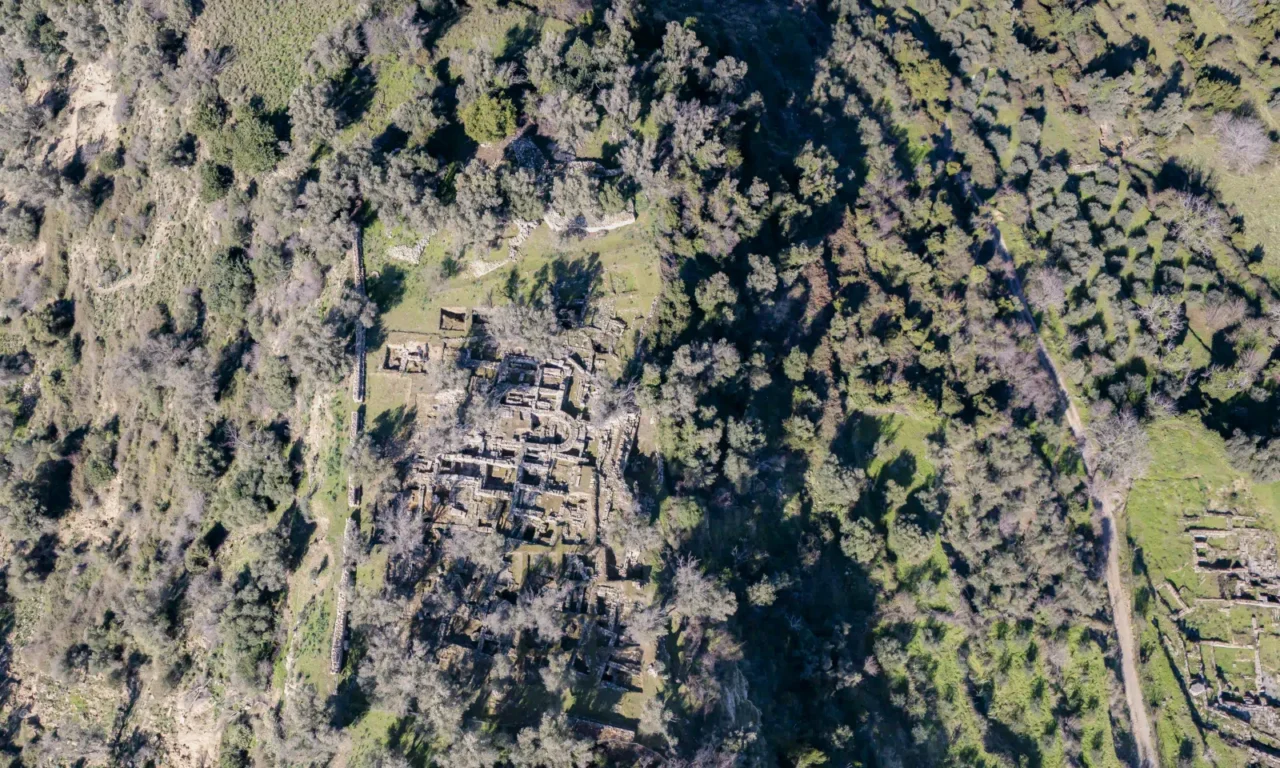
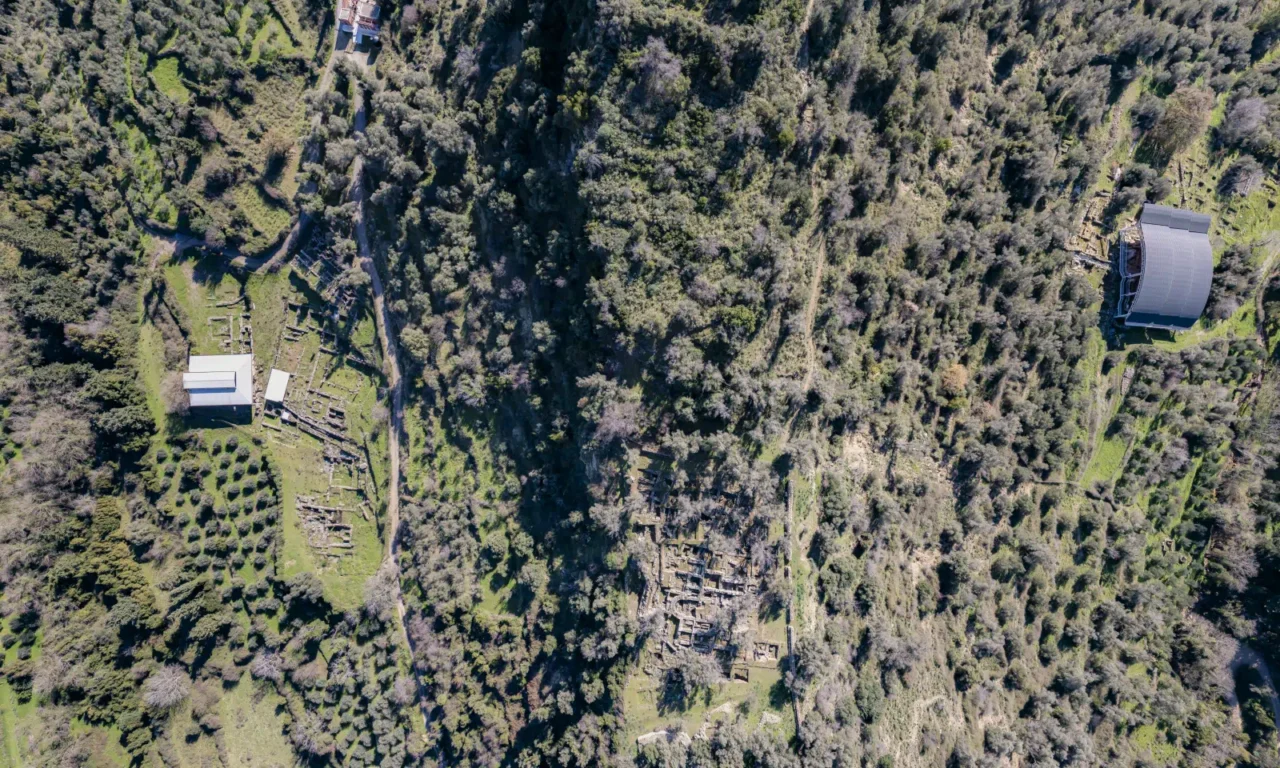
Exploring the Heart of an Ancient Cretan City
The acropolis of Eleutherna, situated on the summit of Prines hill, served as the heart of the ancient city, housing crucial religious, administrative, and defensive structures. Its strategic location, offering panoramic views and natural protection, made it an ideal site for the city’s center. Excavations have revealed a long history of occupation, from the Bronze Age to the Early Byzantine period, with significant remains from the Archaic, Classical, Hellenistic, and Roman eras.
Location and Setting
The acropolis occupies the highest point of Prines hill, a naturally fortified position offering panoramic views of the surrounding valleys and the distant Cretan Sea. Its strategic location provided the city’s inhabitants with a sense of security and control over the surrounding territory. The acropolis was accessible from the south via a narrow col, further enhancing its defensibility.
Archaeological Investigations
Excavations on the acropolis have been conducted since 1985 under the direction of Professor Athanasios Kalpaxis. These investigations have uncovered a wealth of archaeological material, including architectural remains, pottery, inscriptions, and other artifacts. The stratigraphic sequence at the site reveals a long and complex history of occupation, with evidence of continuous use and rebuilding over several centuries.
Archaic and Classical Periods
The earliest substantial remains on the acropolis date to the Archaic period (c. 700-480 BC). These include the foundations of a temple dedicated to an unknown goddess, as well as evidence for other structures and activities. The presence of numerous Archaic and Classical inscriptions suggests a thriving city with well-developed social and political institutions.
Hellenistic Period
The Hellenistic period (c. 323-67 BC) witnessed a period of growth and expansion for Eleutherna, reflected in the construction of new buildings and the expansion of the city’s infrastructure. On the acropolis, this period is represented by the construction of a large cistern and other structures, indicating the city’s increasing population and its need for improved water management.
Roman Period
The Roman conquest of Crete in 67 BC marked a turning point in Eleutherna’s history. The city continued to flourish under Roman rule, and the acropolis saw further development and modifications. The construction of a Roman bath complex and other structures reflects the city’s continued prosperity and its adoption of Roman architectural and cultural practices.
Early Byzantine Period
The Early Byzantine period (c. 4th-7th centuries AD) witnessed the transformation of Eleutherna into a Christian city. On the acropolis, this period is represented by the construction of a basilica and other structures, as well as the reuse of earlier buildings and materials. The presence of Christian burials and artifacts reflects the city’s new religious identity.
Significance of the Acropolis
The acropolis of Eleutherna offers a unique perspective on the long-term development of the city’s urban center. The stratigraphic sequence at the site reveals a continuous record of occupation and rebuilding, allowing archaeologists to trace the evolution of the city’s architectural, religious, and social landscape over several centuries. The finds from the acropolis also contribute to our understanding of the broader historical developments in Crete during these periods, including the rise and fall of the Minoan civilization, the emergence of the Greek city-states, the Hellenistic period, and the Roman conquest and subsequent Christianization of the island.
Site: Key Points
- Construction Period: Bronze Age to Early Byzantine period (c. 3000 BC – 7th century AD)
- Location: Summit of Prines hill, overlooking the valleys of Eleutherna and the distant Cretan Sea
- Dimensions: The excavated area covers a significant portion of the hilltop, revealing the remains of various structures from different periods.
- Historical Significance: The acropolis served as the heart of ancient Eleutherna, housing crucial religious, administrative, and defensive structures. Its remains provide valuable insights into the city’s long and complex history, from the Bronze Age to the Early Byzantine period.
- Current Status: The site has been partially excavated and is protected. It is open to the public as part of the Eleutherna Archaeological Park.
References
- Stampolidis, N. Ch., and Stampolidis, N. Ch. (Eds.). (2011). Eleutherna III: The Necropolis of Orthi Petra. INSTAP Academic Press.
- Tsipopoulou, M., and Stampolidis, N. Ch. (Eds.). (2005). Eleutherna II: The City and its Territory. INSTAP Academic Press.
- Stampolidis, N. Ch. (Ed.). (2000). Eleutherna I: The Museum at Eleutherna. INSTAP Academic Press.
- Themelis, P. G. (ed.) (2009). Ancient Eleutherna: Sector I. Volume one. Rethymnon: University of Crete.
- Kotsonas, A. (2008). ‘The discovery of Eleutherna: From the formation of the modern Cretan state to H. Payne’s excavations (1899-1929)’, BSA 103, 275-298.













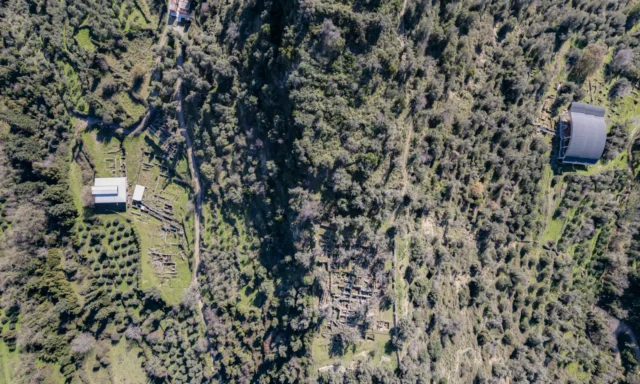


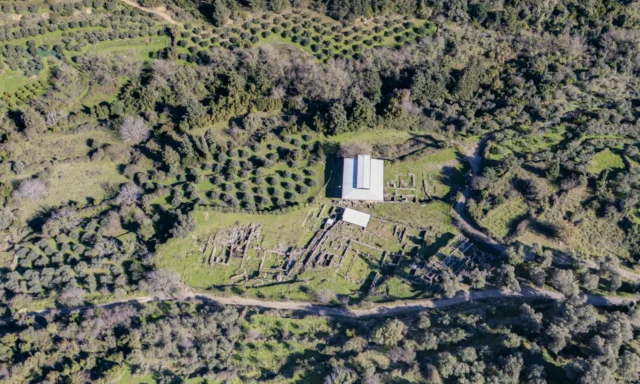

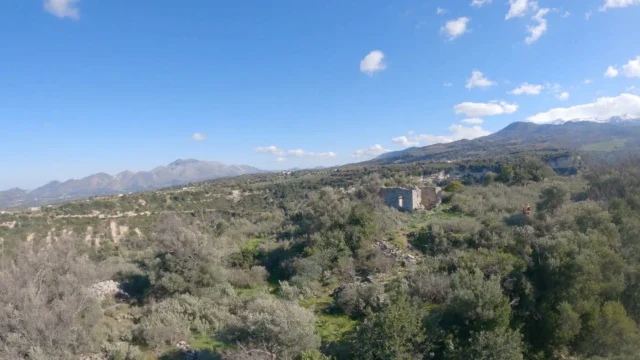

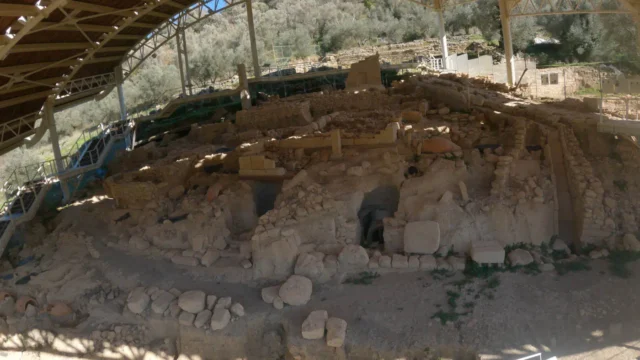
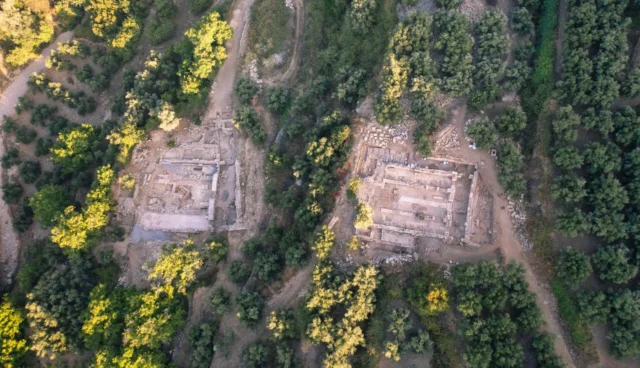

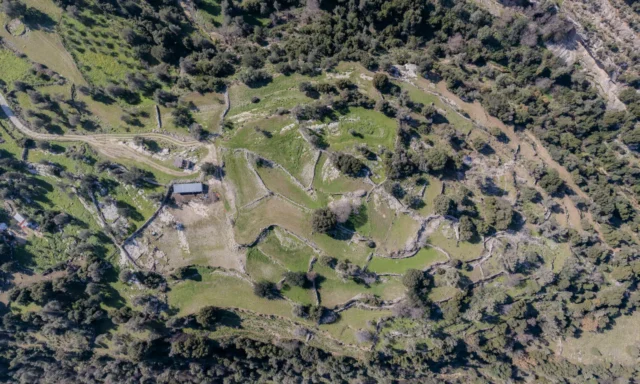

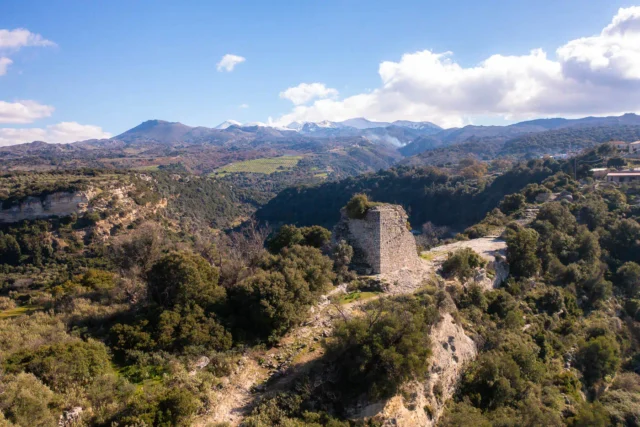
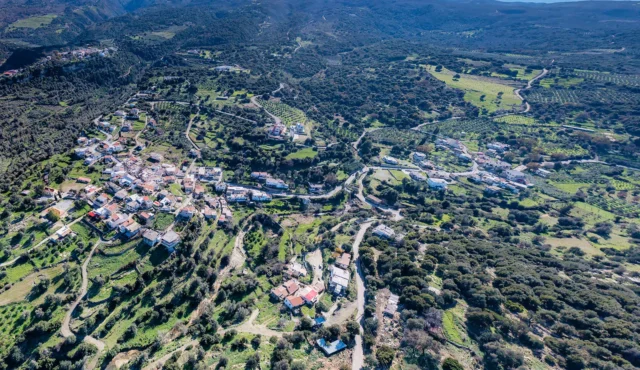

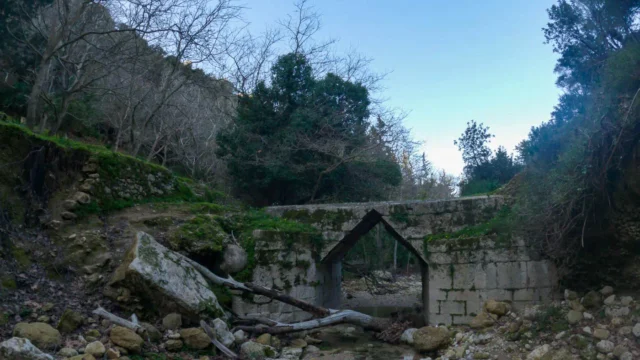
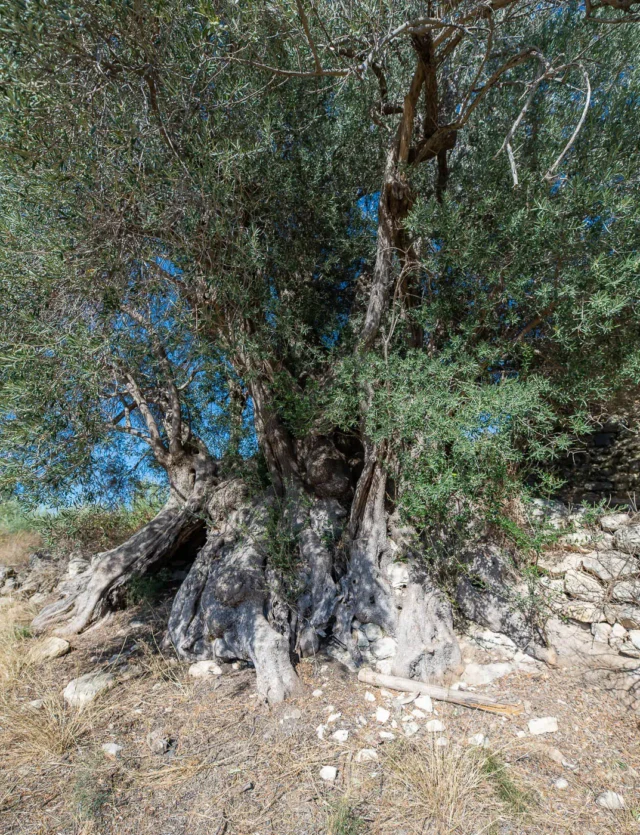
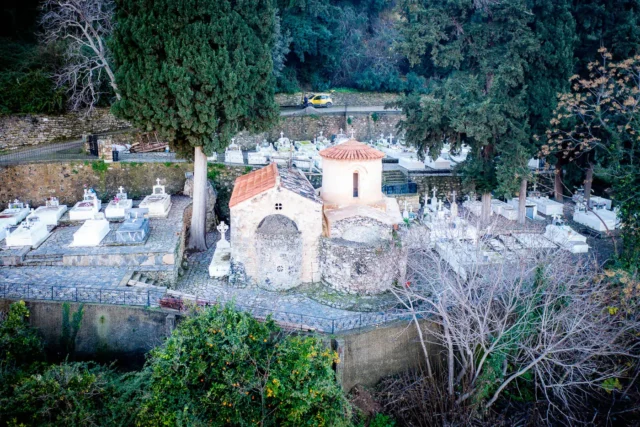
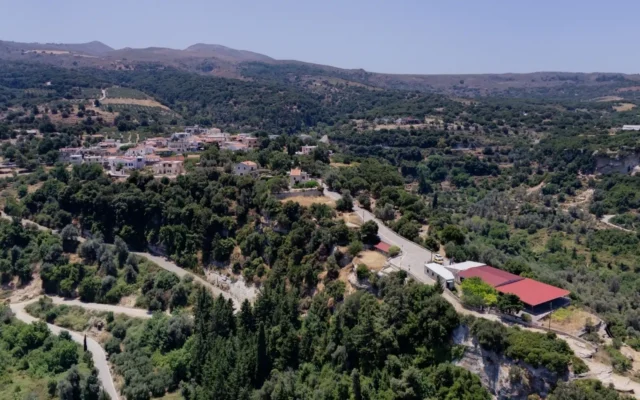
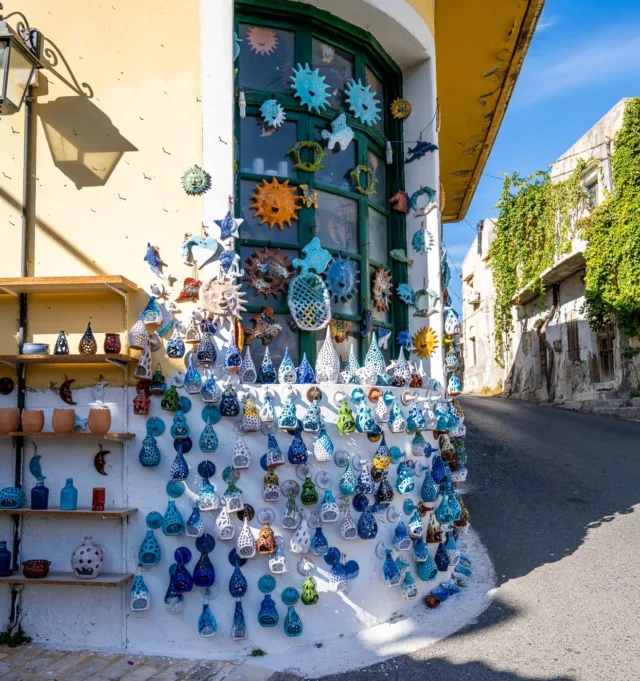


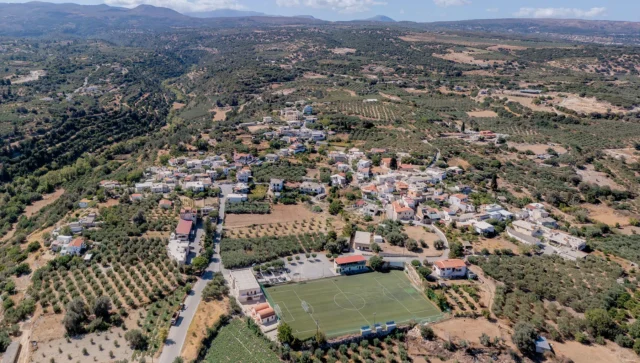
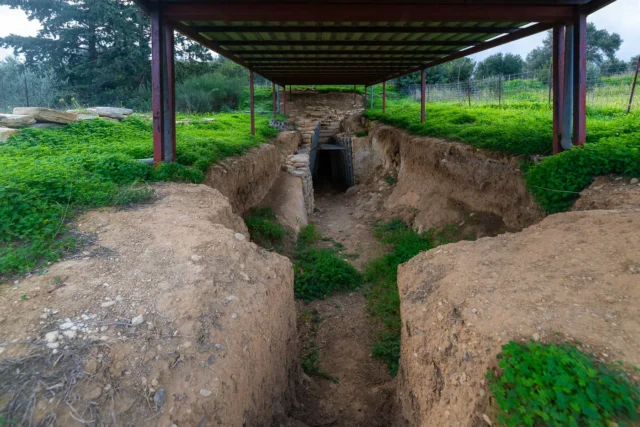


There are no comments yet.